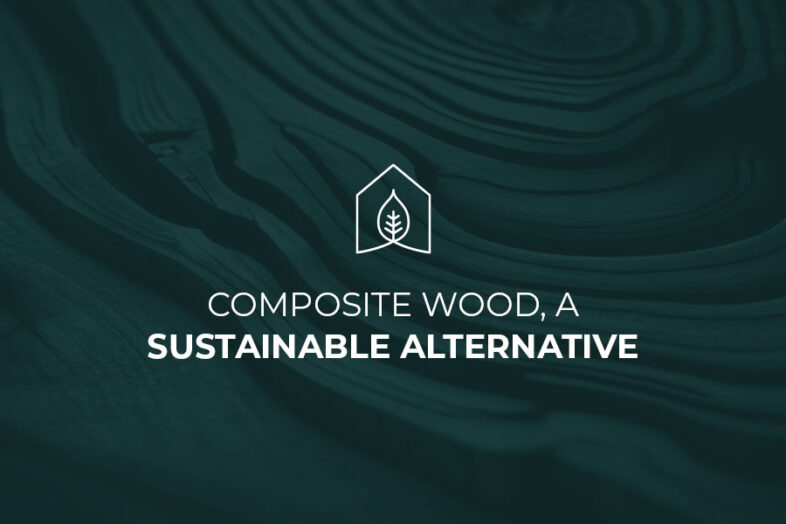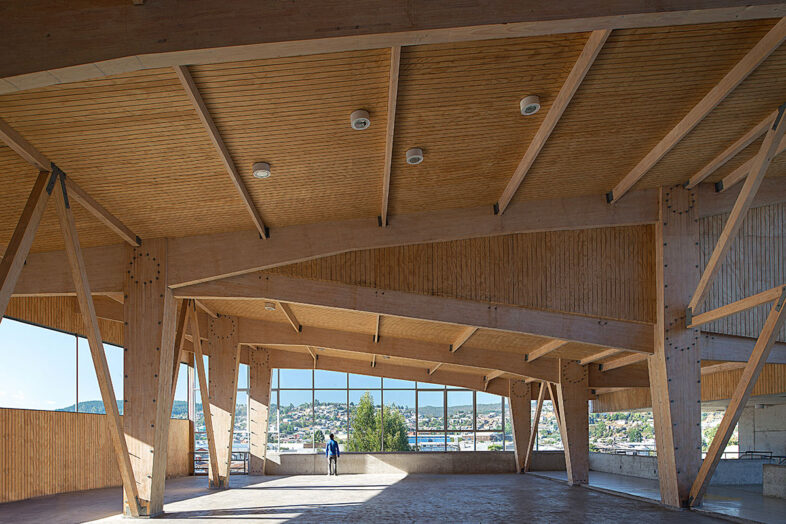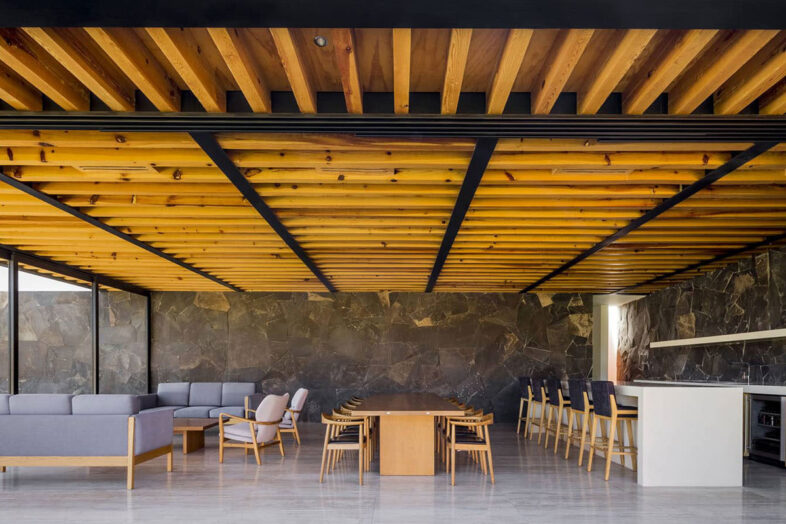Wood has been used for centuries as a construction material. Besides, it has been admired for its strength and aesthetic appeal. But nowadays forests are being chopped down across the planet to meet our insatiable demands. It’s time for a change. And composite wood may be the best sustainable alternative to timber.
There are different kinds of wood composites. These products can be created from vegetable fibers using lignin-containing materials. Lignin is a polymer that forms key structural materials in plants and algae. It can be found in hemp stalks, sugar cane residue, rye and wheat straw.
Advantages of Using Composite Wood
One of the main advantages of using composite wood is that this product can be designed with specific qualities. Composite wood can be made into different thicknesses, sizes and exposure durabilities. As a result, it can be used in a wide variety of applications, from industrial scale to small home projects. This material enables more design options without sacrificing structural requirements.
Composite wood is easy to work with using regular tools. It can be efficiently cut, fastened and drilled without the need to use special equipment. Composite wood is malleable and can be molded into almost any desired shape. It can also be manufactured in large panel sizes, which means that builders don’t have to install numerous small pieces.
Another benefit of using composite wood is that this material is less likely to fade or warp over time. Its resistance to rot, decay and marine borer attacks is way better than the one offered by traditional wood. You won’t have to put as much energy or money into maintaining composite over time, a fact that means a reduction in the overall costs of the material.
Wood composite tends to be cheaper than high-quality traditional wood. The reason behind this is the affordability linked with the manufacturing process. This sustainable product can be developed in a variety of colors, a characteristic that eliminates the need for purchasing paint. You can choose pieces in colors that suit your project’s needs, often with resistance to strong winds and with protection against UV radiation.
The ability of this product to be tailored for specific uses, as well as its resistance and affordability, makes it a viable solution for reducing the consumption of traditional wood. Wood composite has been applied successfully in different types of buildings, and as the technology surrounding their manufacture improves every day, the future looks bright for this material.












